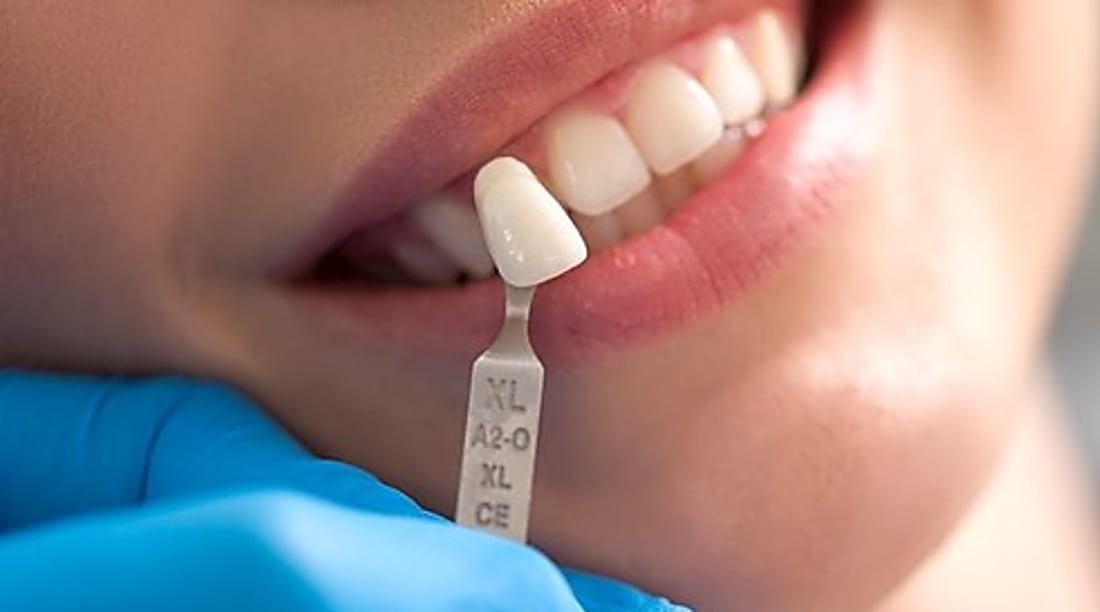Dental Implants in the UK: Eligibility Factors
Dental implants can be an effective option for replacing missing teeth, but suitability depends on clinical and practical criteria. This guide outlines common eligibility factors used in the UK, including oral health status, gum disease control, bone volume and quality, systemic health conditions, medication considerations, smoking status, and age-related issues. It also explains assessment steps such as imaging and treatment planning, the role of alternative options when implants are unsuitable, and why criteria may differ between NHS and private providers.

Oral and Periodontal Health Requirements
The foundation of successful dental implant treatment begins with excellent oral hygiene and healthy gums. Patients must demonstrate effective daily cleaning routines and show commitment to maintaining oral health long-term. Active gum disease, particularly periodontitis, typically requires treatment before implant placement can proceed. This condition causes inflammation and infection that can compromise implant integration with the jawbone.
Dentists evaluate existing tooth decay, root infections, and overall oral bacteria levels during initial consultations. Patients with extensive dental problems may need preliminary treatments such as deep cleaning, root canal therapy, or tooth extractions. The healing period following these procedures can extend the overall treatment timeline but ensures optimal conditions for implant success.
Bone Volume Quality and Grafting Considerations
Adequate jawbone density and volume are essential for implant stability and longevity. The jawbone naturally shrinks after tooth loss, potentially creating insufficient support for implant placement. Dental professionals use specialised imaging to measure bone dimensions and assess quality throughout the jaw area.
When bone levels are inadequate, bone grafting procedures can restore necessary volume before implant surgery. These preparatory treatments may involve synthetic materials, processed human bone, or the patient’s own bone from another site. The grafting process requires additional healing time, typically three to six months, before implant placement can proceed. Some patients may need sinus lift procedures when replacing upper back teeth, as the sinus cavity can limit available bone height.
Systemic Health Medications and Lifestyle Factors
Overall health significantly impacts implant treatment success rates and healing processes. Certain medical conditions, including uncontrolled diabetes, autoimmune disorders, and blood clotting problems, may affect eligibility or require special precautions. Patients taking specific medications, particularly blood thinners or bone-affecting drugs like bisphosphonates, need careful evaluation and possible treatment modifications.
Smoking presents substantial risks for implant failure and complications. Nicotine restricts blood flow, impairs healing, and increases infection risks. Many dental practices require smoking cessation before implant treatment or may decline treatment for heavy smokers. Age alone rarely disqualifies patients, as healthy older adults often achieve excellent implant outcomes. However, the healing process may take longer compared to younger patients.
Assessment Imaging and Treatment Planning Steps
Comprehensive evaluation begins with detailed medical and dental histories, followed by clinical examinations and advanced imaging studies. Cone beam computed tomography (CBCT) scans provide three-dimensional views of jaw structures, revealing bone quality, nerve locations, and sinus positions. These images guide precise implant placement and help identify potential complications before surgery.
Treatment planning involves determining optimal implant positions, sizes, and angles for both function and aesthetics. Digital planning software allows dentists to simulate procedures and create surgical guides for accurate placement. Some cases require collaboration between general dentists, oral surgeons, and prosthodontists to achieve optimal results. The planning phase may take several weeks as professionals coordinate care and order custom components.
NHS versus Private Pathways and Alternatives
NHS dental implant provision remains limited, typically reserved for cases involving significant trauma, cancer treatment, or severe developmental conditions. Most patients seeking dental implants must pursue private treatment, which offers greater choice in timing, materials, and treatment approaches. NHS eligibility requires meeting strict clinical criteria and often involves lengthy waiting periods.
Private treatment allows patients to select experienced implant specialists and access latest technologies and materials. Treatment timelines are generally shorter, and patients have more input in treatment decisions. Alternative treatments available through both NHS and private providers include removable dentures, bridges, and partial dentures, though these options may not provide the same long-term benefits as implants.
| Treatment Type | NHS Availability | Private Cost Range | Key Considerations |
|---|---|---|---|
| Single Implant | Very Limited | £1,500-£3,000 | Most comprehensive solution |
| Multiple Implants | Exceptional Cases Only | £3,000-£15,000+ | Bone grafting may increase costs |
| Full Mouth Restoration | Rare Circumstances | £15,000-£30,000+ | Multiple appointments required |
| Bone Grafting | Limited NHS Access | £500-£2,000 per site | May extend treatment timeline |
Prices, rates, or cost estimates mentioned in this article are based on the latest available information but may change over time. Independent research is advised before making financial decisions.
Conclusion
Dental implant eligibility depends on multiple interconnected factors that require professional assessment and planning. While oral health and bone quality form the foundation of successful treatment, overall health conditions and lifestyle choices play equally important roles. The evaluation process ensures patients receive appropriate care while minimising risks and complications. Understanding these eligibility factors helps individuals make informed decisions about pursuing implant treatment and preparing for the commitment required for successful outcomes.
This article is for informational purposes only and should not be considered medical advice. Please consult a qualified healthcare professional for personalized guidance and treatment.




